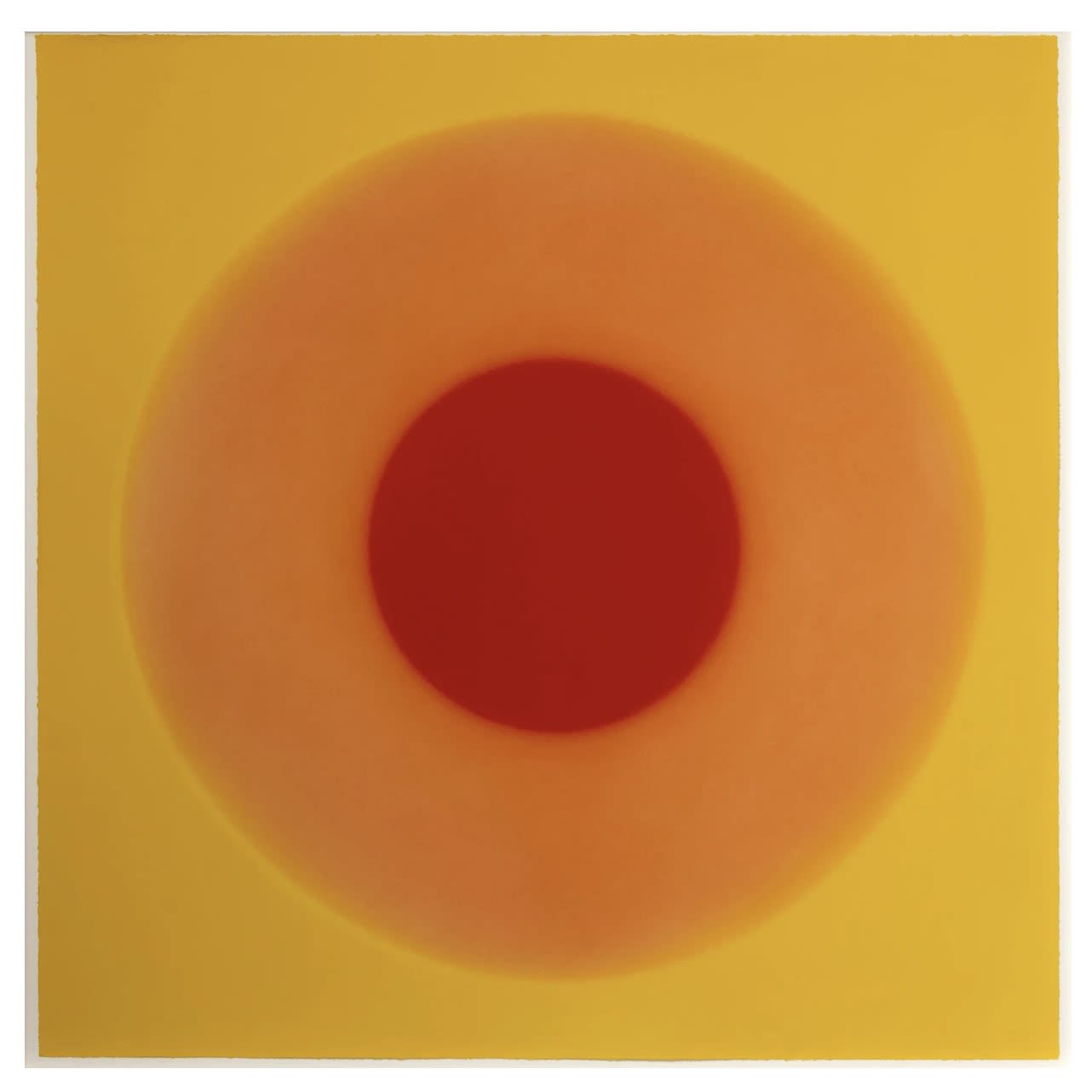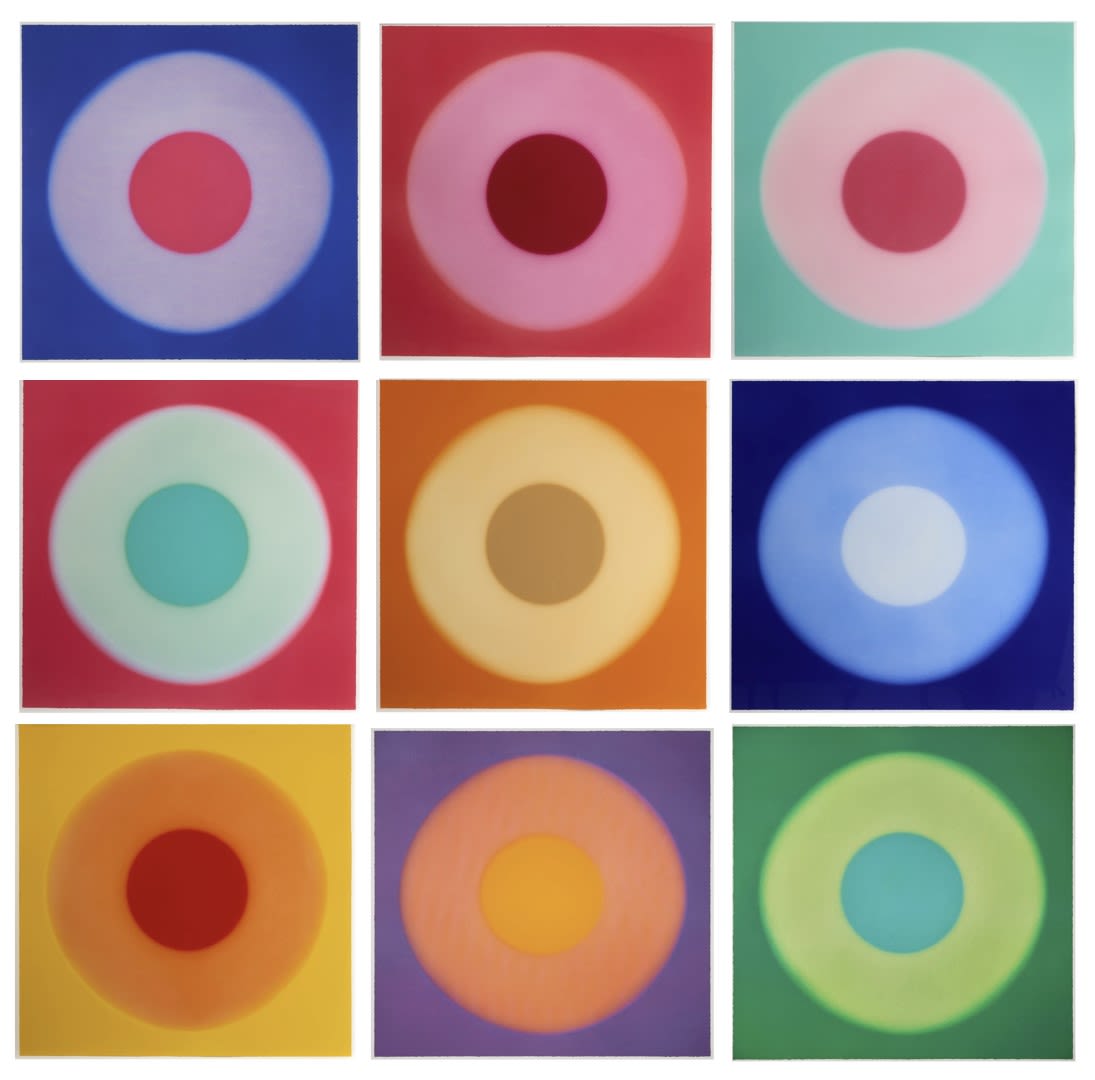Brian Eno
Brian Eno (b. 1948, Suffolk, UK) is a pioneering British musician, composer, producer, and visual artist whose influence spans ambient music, conceptual art, and sound-based installation. A key figure in experimental and popular music since the 1970s, Eno is best known for coining the term ambient music and for developing new creative methodologies in both music and visual art.
Trained in painting and experimental music at Ipswich Art School and Winchester School of Art, Eno’s early exposure to Minimalism and conceptualism shaped his lifelong interest in generative and process-based art. He joined Roxy Music as synthesizer player in 1971, leaving two years later to pursue a solo career marked by acclaimed albums like Discreet Music (1975) and Ambient 1: Music for Airports (1978).
Eno’s collaborative projects are equally renowned. He has worked with artists such as David Bowie, Robert Fripp, David Byrne, U2, Coldplay, and Peter Gabriel, both as a creative partner and producer. A self-described “non-musician,” Eno has introduced radical approaches to sound, structure, and studio production that have transformed contemporary music.
Parallel to his sonic innovations, Eno has maintained a prolific visual art practice centered on light and sound installations. Since the late 1970s, his immersive environments have been exhibited worldwide, including at the Biennale de Lyon, Serpentine Gallery, and The Barbican Centre. In 2009, he illuminated the sails of the Sydney Opera House using large-scale projections, marking one of his most iconic public works.
Eno’s interdisciplinary career also includes co-developing Oblique Strategies (1975), a creative prompt system for artists, and advocating for humanitarian and environmental causes. A founding member of the Long Now Foundation, he continues to be a vocal public thinker and activist.
“ I’ve been trying to slow music down so it became more like painting, and to animate paintings so that they became more like music…in the hope that the two would fuse in the middle. „




